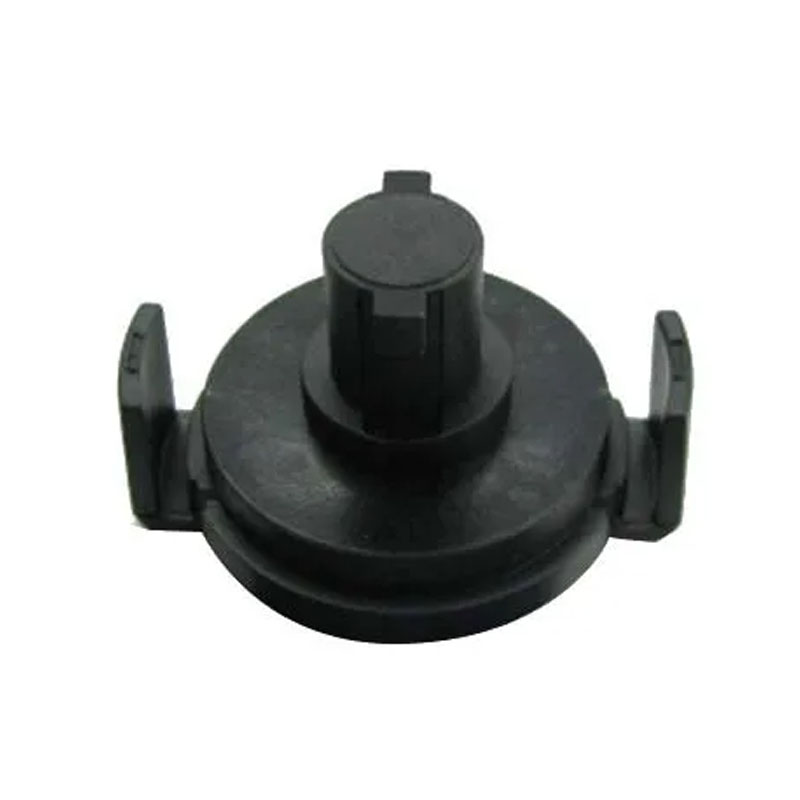Understanding Radial Shaft Seals and Their Importance in Mechanical Applications
Understanding Radial Shaft Seal Rings Essential Components in Mechanical Design
In the world of mechanical engineering, particularly in rotating machinery, the importance of seals cannot be overstated. Among these, the radial shaft seal ring, commonly referred to simply as a shaft seal, plays a critical role in maintaining the integrity and efficiency of various systems. This article explores the function, design, materials, and applications of radial shaft seal rings, highlighting why they are essential components in many mechanical designs.
What is a Radial Shaft Seal Ring?
A radial shaft seal ring is a type of sealing device designed to prevent fluid leakage between stationary and rotating components in machinery. The primary function of the seal is to retain lubricants and exclude contaminants such as dirt, dust, and water from entering the machinery. This is crucial for maintaining operational efficiency and ensuring the longevity of the equipment.
Typically, a shaft seal consists of a flexible elastomer, which forms a sealing lip that presses against the rotating shaft. This design allows the seal to adapt to slight variations in shaft diameter while maintaining a tight seal. The radial aspect of the seal indicates that the sealing lip is oriented radially, meaning it provides a seal against the radial pressure exerted by the fluid within the system.
Importance of Radial Shaft Seal Rings
1. Leak Prevention The primary purpose of radial shaft seals is to prevent leaks of oils, lubricants, and other fluids from rotating machinery. Any leakage can lead to reduced performance, increased operational costs, and environmental hazards.
2. Contamination Control These seals are essential for keeping harmful contaminants out of the machinery. In many industrial applications, exposure to dust, dirt, or moisture can lead to severe damage, increasing wear and tear on internal components.
3. Operational Efficiency With proper sealing, machines can operate at optimal efficiency. Seals help maintain the pressure within the system, ensuring that lubricants circulate smoothly and effectively lubricate moving parts.
4. Extended Equipment Life By preventing leaks and keeping contaminants at bay, radial shaft seal rings contribute to the overall longevity of machinery. This not only reduces the frequency of maintenance but also minimizes the need for costly repairs or replacements.
Design Considerations
The design of a radial shaft seal ring must consider several critical factors
radial shaft seal ring

- Material Selection The choice of material is paramount, taking into account the type of fluid being sealed, the operating temperature, and other environmental conditions. Common materials include nitrile rubber (NBR), fluorocarbon (FKM), and polyurethane, each chosen for their unique chemical resistance and temperature tolerance.
- Lip Design The design of the sealing lip can vary based on the specific application. Some seals feature a single lip, while others may have multiple lips to enhance sealing performance. The angle and profile of the lip affect the seal's ability to adapt to shaft movement and variations in pressure.
- Dimensions The size of the shaft seal ring must match the corresponding shaft dimensions closely. An improper fit can lead to premature failure, resulting in leaks and increased wear.
Applications of Radial Shaft Seal Rings
Radial shaft seal rings are found across a wide range of industries and applications, including
- Automotive In vehicles, these seals are commonly used in engines, transmissions, and wheel hubs to prevent oil leaks and keep contaminants out.
- Industrial Machinery Many manufacturing processes rely on heavy machinery, where these seals help ensure smooth operations in pumps, compressors, and gearboxes.
- Aerospace In the aerospace industry, seals are crucial for maintaining fuel systems and preventing leaks in hydraulic systems.
- Agricultural Equipment Tractors and other farm machinery utilize radial shaft seals to protect against dust and ensure that lubricants remain where needed.
Conclusion
Radial shaft seal rings are vital components that ensure the reliability and efficiency of various mechanical systems. By understanding their function, design, and applications, engineers can make informed decisions when selecting seals for their projects. As industry demands continue to evolve, innovations in sealing technology will undoubtedly enhance the performance and longevity of machinery across all sectors. Thus, the importance of these seemingly simple yet critical components cannot be underestimated in the realm of mechanical design.
-
Understanding the Front Main Engine Seal: Purpose, Maintenance, and Installation
News Jul.29,2025
-
Understanding O-Rings and Seal Rings: Types, Applications, and Custom Solutions
News Jul.29,2025
-
Understanding Crankshaft Oil Seals: Rear Seals, Pulley Seals, and Their Role in Engine Integrity
News Jul.29,2025
-
The Importance of Front and Rear Crankshaft Seals in Engine Performance and Oil Management
News Jul.29,2025
-
Crank Oil Seals: Functions, Types, and Cost Considerations in Engine Maintenance
News Jul.29,2025
-
A Comprehensive Guide to O-Rings and Seals: Types, Materials, and Global Applications
News Jul.29,2025
-
Mastering Diesel and Performance Engine Maintenance: A Guide to Critical Oil Gaskets
News Jul.28,2025
Products categories















